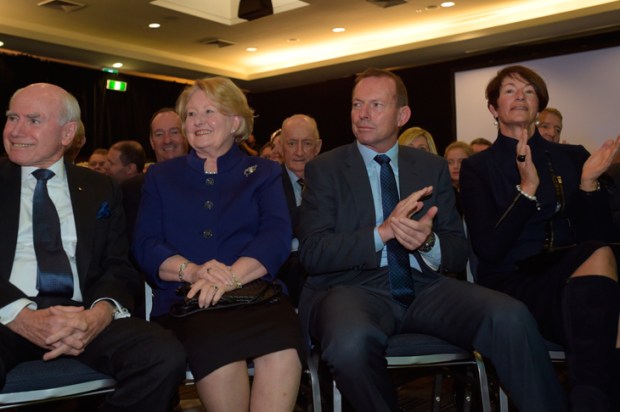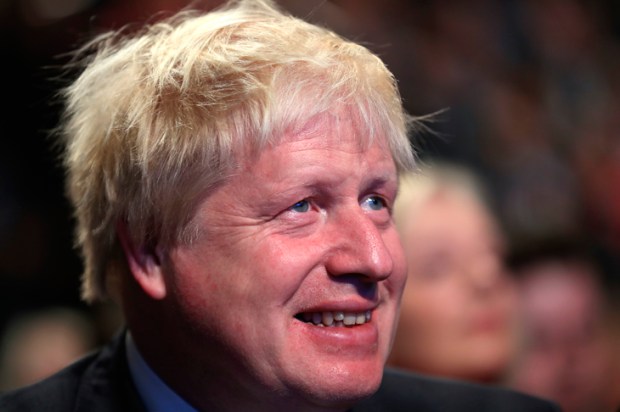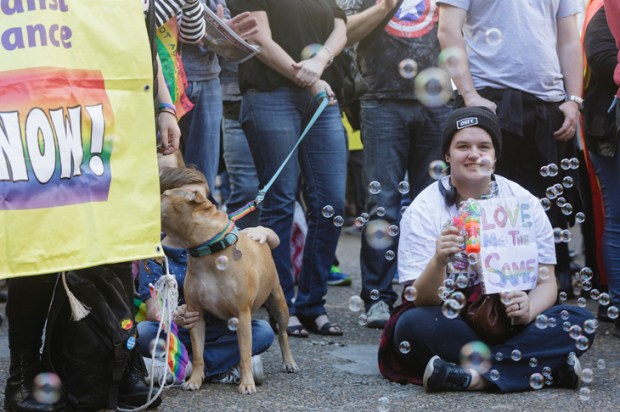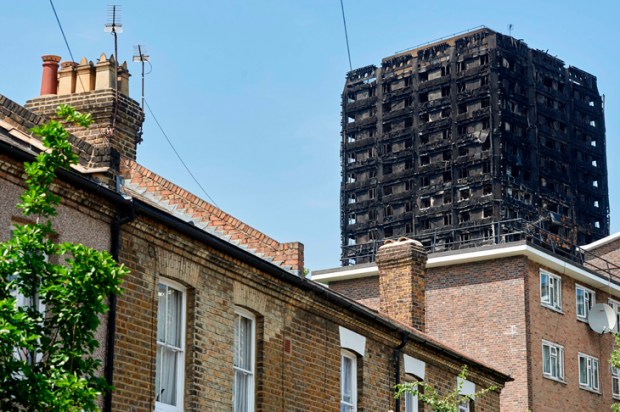Save humans from Greens
I visited the mid coast of NSW in recent days, staying in Kempsey, at the invitation of the local state MP Melinda Pavey. Beautiful country but, like much of regional Australia, it struggles economically and therefore socially. There are 695 children in the region in out-of-home care.
These children have been taken from their homes because the parents, or more likely parent, were not capable of caring for them, indeed, were likely to harm them. Thousands more are under the watchful eye of various professionals. There are more employment agencies and women’s shelters than you can poke a stick at, but employment for lesser skilled workers is scarce.
So what have the Greens and Labor in NSW proposed for these humans: a Great Koala National Park. It is, apparently, ‘a bid to protect the endangered local [koala] population and open up tourism possibilities’. The proposed 315,000-hectare national park would stretch inland from Coffs Harbour, from the Macleay River near Kempsey to Woolgoolga.
How about a ‘bid’ to protect the local human population?
I am all for people adjusting to circumstances, which includes leaving places with few prospects and moving to places where jobs exist, but leaving is expensive so destroying jobs better be well worth it. On that score, the Greens/Labor proposal, if ever implemented, suffers from two major problems. First, the regional koala population in this area of NSW is not endangered. Second, the beaches, not the parks, are the big tourist drawcard in the region, but in any event there are already significant tourism opportunities in state forests. Unlike national parks, activities such as camping, riding and 4WD are allowed in state forests. And unlike koalas the timber industry is endangered. The industry was once mighty in parts of the mid coast, but is now reduced to a bit player. Since the late 1990s, Regional Forest Agreements have protected all wilderness, rainforest, old growth and high conservation value forest. And yet, after decades of marking out national parks and reducing timber felling and increasing ‘sustainable’ logging practices, the Greens want more. Recent surveys in the area (Bongil Bongil national park) show that koala populations are doing well after nearly 100 years of timber harvesting as a state forest (and 10 years as a national park).
The key threats to koalas are loss of habitat, fire, cars and dogs. As to loss of habitat the large population of koalas in the region is around the most established area of Port Macquarie.
It is true that koala populations have been decimated around Coonabarabran and the Brindabella Alpine national park in recent large wildfires – but no data exists on this as the National Parks & Wildlife Service do not undertake any monitoring of koala populations. As for cars and dogs, these are as unlikely in state forests as national parks. There are already 7 million hectares of national park in NSW covering the full range of koala’s natural habitat, and two million hectares of state forests, half of which is not available for timber harvesting as it is in zoned protected areas.
The weirdest part of the Green-Labor proposal is that it would ‘protect’ the Bellingen-Nambucca-Macleay and the Coffs Harbour-Guy Fawkes koala populations. The area outlined for protection contains 20 per cent of NSW’s remaining koalas in the regional centre of Port Macquarie, which is an urban residential area.
Historical hunting (where koalas were hunted for pelts) in combination with large scale historical land clearing (for agricultural and urban expansion) have been responsible for driving the decline in koala populations across Australia – not timber harvesting.
Results from CSIRO monitoring studies in Royal Camp state forests last year showed that koalas continue to use forests that have been selectively harvested to the same extent as they were prior to harvesting. According to the timber industry the potential impact of this proposal would be devastating to the timber industry in the region. Allowing for some hyperbole from timber interests, those unemployed in the region are not going to thank the Greens and Labor.
Cost is nothing to Greens and Labor. For example, the NP&WS receive $58 per hectare from the state government to manage the national park estate, while the Forestry Commission NSW receives $8 per hectare to manage the state forest estate. The forest industry estimates the proposal would cost over $200 million to compensate industry and put thousands of people out of work.
North coast towns from Kempsey to Kyogle were all heavily damaged when the Labor government converted over a million hectares of state forest to national park in the late 1990s and early 2000s. Locking up a further 170,000 hectares will further add to their socio-economic disadvantage.
Closing Australian highly-managed forests may further shift demand for timber to Indonesia (Borneo), PNG and Malaysia where harvesting and land clearing is poorly regulated. There are always knock on effects of these brave green schemes. In this case, added pressure on the clearing of rainforests for palm oil plantations and increased threats to other animals such as the Orang-utan.
The koalas are doing all right, not so the children of the poorly skilled workers of the mid-coast of NSW.
Got something to add? Join the discussion and comment below.
Get 10 issues for just $10
Subscribe to The Spectator Australia today for the next 10 magazine issues, plus full online access, for just $10.
You might disagree with half of it, but you’ll enjoy reading all of it. Try your first month for free, then just $2 a week for the remainder of your first year.













Comments
Don't miss out
Join the conversation with other Spectator Australia readers. Subscribe to leave a comment.
SUBSCRIBEAlready a subscriber? Log in